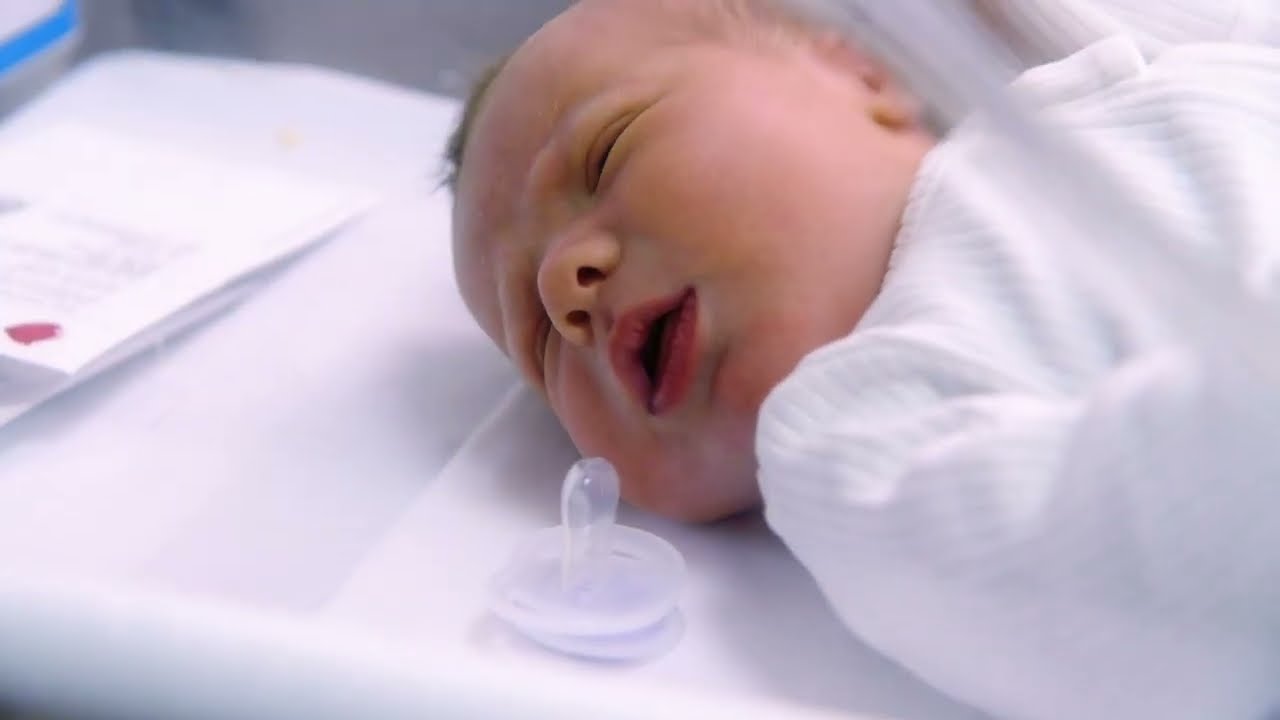Neonatal Hypoglycemia Screening in Puppies
The neonatal period is a critical time in the life of a puppy when it transitions from intrauterine to extrinsic existence. During this phase, puppies depend entirely on their mother for nutrition and warmth until they are capable of feeding independently. Neonatal hypoglycemia, or low blood sugar levels, can be a significant threat during this period as it may lead to severe health complications if not promptly detected and treated.
Neonatal hypoglycemia in puppies is primarily caused by insufficient milk intake from the mother, which can result due to various reasons including early separation of the puppy from its dam, maternal illness, or poor maternal lactation. Hypoglycemia can also be a sign of more serious underlying conditions such as liver dysfunction.
Screening for neonatal hypoglycemia is an essential part of veterinary care during the first few days post-birth. Early detection and intervention are crucial to prevent long-term health effects or even mortality. This service offers comprehensive screening methods that ensure accurate diagnosis and timely treatment plans.
The test involves a simple blood glucose measurement, which can be conducted using capillary blood samples taken from the puppy's ear or footpad. The sample is then analyzed in our laboratory to determine the blood sugar level. Our team of experienced veterinarians reviews all results and provides recommendations for further action based on the findings.
Our service ensures that puppies are tested within the first 24 hours after birth, following best practices recommended by organizations such as the American Veterinary Medical Association (AVMA) and the World Small Animal Veterinary Association (WSAVA). Early screening helps identify potential issues early, allowing for prompt treatment and minimizing risks associated with neonatal hypoglycemia.
The accuracy of our testing methods is ensured through strict adherence to international standards including ISO/IEC 17025:2017 accreditation. This guarantees that all procedures are conducted under controlled conditions, using calibrated instruments, and by trained personnel who follow standardized protocols.
| Parameter | Description |
|---|---|
| Sample Type | Capillary blood from ear or footpad |
| Reference Range | <20 mg/dL indicates hypoglycemia |
Scope and Methodology
- Collection of capillary blood samples from the puppy's ear or footpad.
- Transportation to our laboratory in a refrigerated container to maintain sample integrity.
- Analysis using high-precision glucose meters calibrated according to international standards.
- Evaluation by a team of certified veterinary technicians and pathologists.
Quality and Reliability Assurance
- We adhere strictly to ISO/IEC 17025:2017 accreditation standards for all laboratory procedures.
- Our team undergoes continuous training to ensure they are up-to-date with the latest testing techniques and best practices.
- All equipment used in our testing process is regularly maintained and calibrated by certified personnel.
Use Cases and Application Examples
- Puppies born to dams with diabetes who may have passed some of their insulin to the puppies during gestation.
- Puppies separated from their dams early for any reason, including human error or necessity due to maternal illness.
- Neonates exhibiting signs such as lethargy, weakness, tremors, or seizures shortly after birth.





